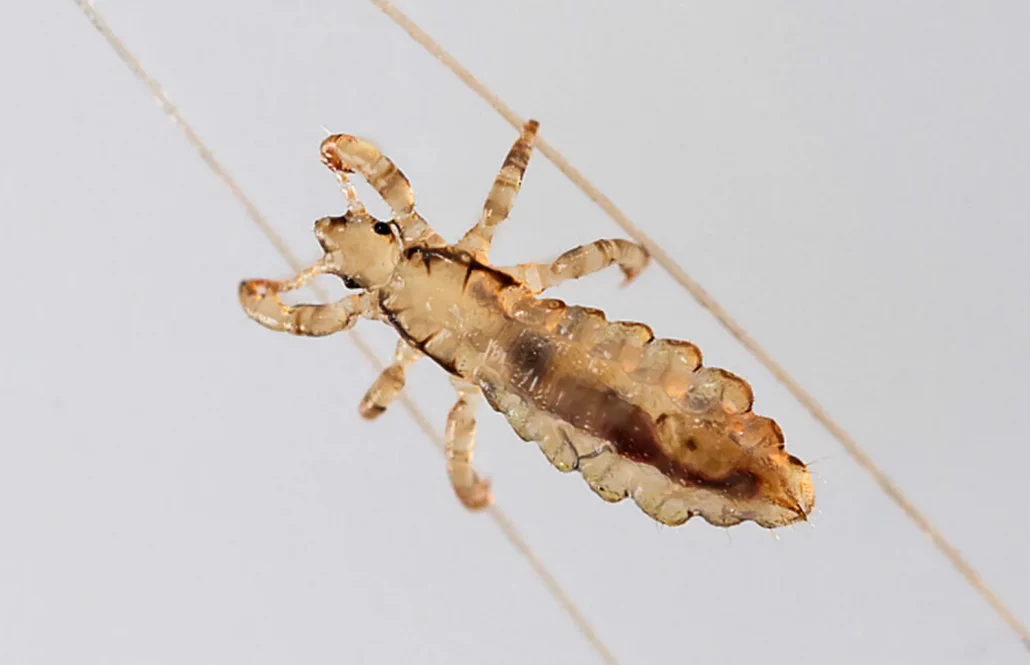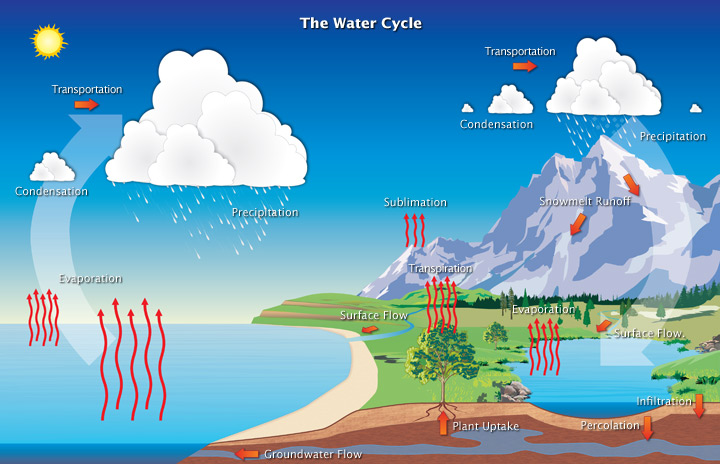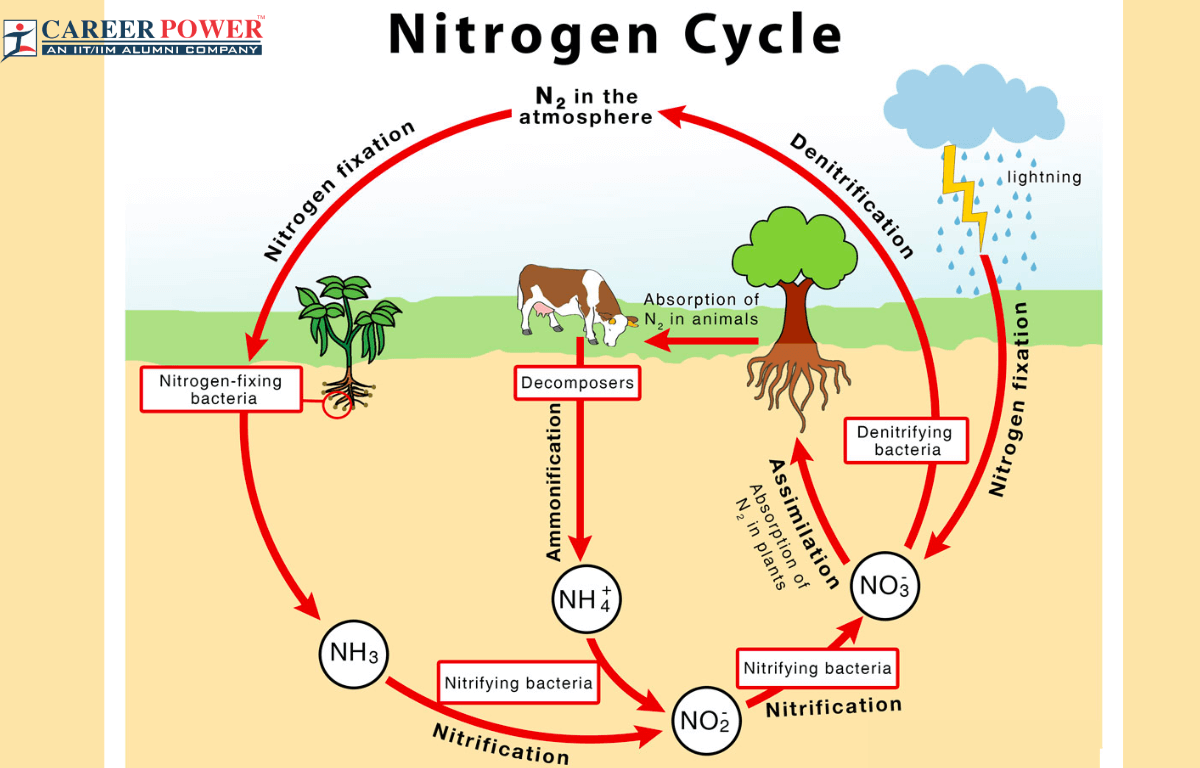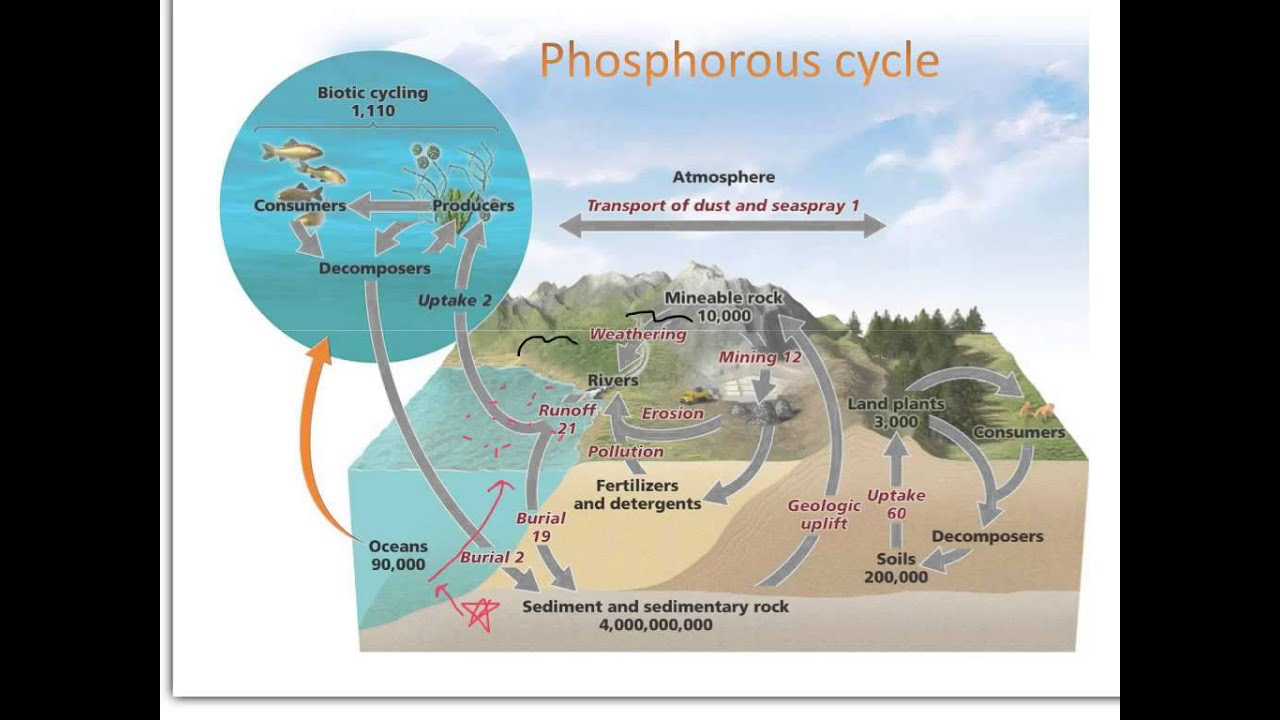Unit One Flashcards - APES
Resource partitioning is an ecological concept where different species or individuals in a community utilize resources in different ways or at different times to reduce competition. This allows multiple species to coexist by minimizing direct competition for the same resources, such as food, space, or light. Examples include birds feeding at different heights in a tree or animals foraging at different times of the day.
Symbiotic relationships are interactions between two different species that live together. Here are the main types:
Mutualism: Both species benefit.
Example: Bees and flowering plants; bees pollinate flowers while obtaining nectar.

Commensalism: One species benefits, the other is neither helped nor harmed.
Example: Barnacles on whales; barnacles gain mobility and access to food, while whales are unaffected.

Parasitism: One species benefits at the expense of the other.
Example: Lice drink human blood.

Predation: One species acts as the preditor of the other - preditor prey relationship
example : fox and sheep

Biomes
Key factors that define a biome include:
Climate: Temperature and precipitation patterns.
Vegetation: Types of plants adapted to the environment.
Soil Type: Nutrient composition and texture.
Geography: Location and physical features (mountains, rivers).
Wildlife: Animal species that inhabit the area.
Human Impact: Influence of human activities on the ecosystem.
A key feature of an aquatic biome is water. This includes both freshwater (lakes, rivers) and marine (oceans, coral reefs) environments, characterized by their salinity, depth, and flow. Other factors include temperature, light availability, and nutrient levels, which influence the types of organisms that can thrive in these ecosystems.
A lake typically consists of the following parts:
Littoral Zone: The shallow area near the shore where sunlight penetrates, supporting aquatic plants.
Limnetic Zone: The open water area where light can still reach, home to plankton and fish.
Profundal Zone: The deeper, darker part of the lake where light does not penetrate, often with lower oxygen levels.
Benthic Zone: The bottom layer of the lake, consisting of sediments and organisms that live there.
Emergent Plants : Plants partialy submerged in the water

The ocean is divided into several key parts:
Neritic Zone - lies over continental shelf ; has sunlight and nutrients
Intertidal Zone - Where tides affect the ocean, closes to shore, animals must adapt to the ever changing conditions and water depth.
Oceanic Zone - (open ocean) mainly refers to the span of the ocean, not any particular depth
Aphotic Zone - Below 200 meters, there is not enough sunlight for photosynthesis
Photic Zone - Top 200 meters of water, has lots of photosynthesis, plants, animals
Benthic Zone - The ocean floor, gets deeper as you get further form continents

Biogeochemical Cycles
Water Cycle:
Evaporation: Water turns into vapor.
Condensation: Vapor cools to form clouds.
Precipitation: Water falls as rain, snow, etc.
Sublimation: from ice to vapor
Transpiration: Trees give off water through their leaves
Plant Uptake: Plants’ absortion of water
Groundwater: where water is stored underground
Runoff: water runoff from mountains and off the land into bodies of water.

Nitrogen Cycle:
Nitrogen Fixation: Conversion of nitrogen gas to ammonia.
Nitrification: Ammonia to nitrates.
Denitrification: Nitrates back to nitrogen gas.
Lightning: fixates nitrogen
Docomposers : add nitrogen into the ground nitrogen
Absorbtion: animals eating Nitrogen through food
Assimilation : Plants takeing in nitrogen

Phosphorus Cycle:
Weathering + Erosion: Rocks release phosphates.
Absorption: Plants take up phosphates.
Decomposition: Returns phosphates to soil.
Mining - mining phosphorous

Carbon Cycle:
Photosynthesis: Plants absorb CO2.
Respiration: Organisms release CO2.
Decomposition: Breaks down organic matter.
Fossil Fuels - People burn fossil fuels

Sulfur Cycle:
Volcanic Eruptions: Release sulfur dioxide.
Absorption: Plants take up sulfates.
Decomposition: Returns sulfur to the soil.

Primary Productivity
Gross Primary Productivity (GPP): The total amount of organic matter (biomass) produced by photosynthesis in a given area and time. It represents the total energy captured by plants.
Net Primary Productivity (NPP): The amount of organic matter available for consumption by herbivores and decomposers after accounting for the energy used by plants for respiration. It is calculated as:
[ NPP = GPP - R ]
where ( R ) is the respiration rate of the plants.
Difference: GPP measures total production, while NPP measures the energy available for the ecosystem's consumers.
Trophic Levels and Energy Flow in an Ecosystem
Producers (Trophic Level 1): Organisms like plants and algae that convert solar energy into chemical energy through photosynthesis.
Primary Consumers (Trophic Level 2): Herbivores that eat producers, transferring energy from plants to animals.
Secondary Consumers (Trophic Level 3): Carnivores that eat primary consumers, further transferring energy up the food chain.
Tertiary Consumers (Trophic Level 4): Top predators that consume secondary consumers.
Decomposers: Organisms like fungi and bacteria that break down dead matter, returning nutrients to the soil and completing the cycle.
Energy Transfer
Energy decreases at each trophic level (approximately 10% is transferred).
Most energy is lost as heat, limiting the number of trophic levels in an ecosystem.
The 10% rule, also known as the energy pyramid, states that when energy is transferred from one trophic level to the next in an ecosystem, only about 10% of the energy is passed on. The remaining 90% is lost primarily through metabolic processes as heat. This concept illustrates the inefficiency of energy transfer in food chains and food webs.
Food Chains and Food Webs
Food Chain: A linear sequence showing how energy and nutrients flow from one organism to another. It typically starts with a producer (like plants) and moves up to various levels of consumers (herbivores, carnivores).
Food Web: A complex network of interconnected food chains within an ecosystem. It illustrates how different species are related through feeding relationships, highlighting the diversity of interactions.
Both concepts are essential for understanding ecosystem dynamics and energy transfer.